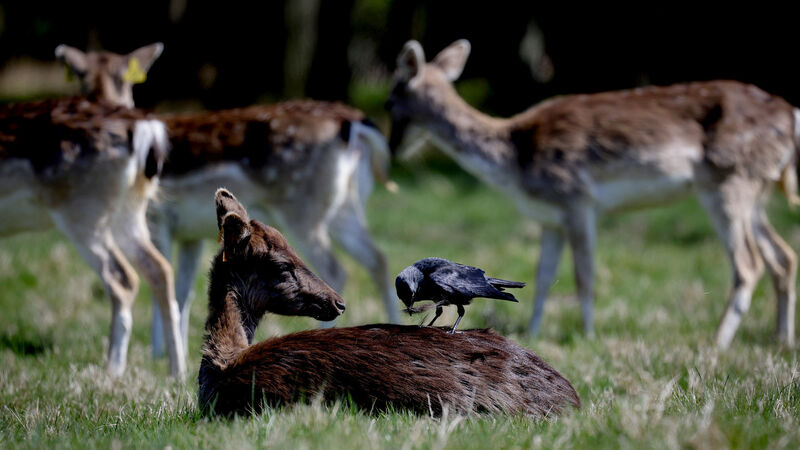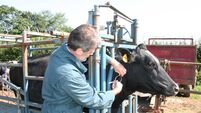Public agrees with deer culling as numbers grow

Faallow deer in the Phoenix park in Dublin. Pic Tony Maxwell
It recommends development of a wild venison market as a carbon-positive, healthy meat from sustainable woodland management, with venison sales helping landowners to offset deer management costs.
Continued on Page 3
DEFRA notes that shooting deer at night can be particularly effective if the animals have become nocturnal.
In Ireland, deer may be controlled by landowners in accordance with the Wildlife Acts, by way of licensed hunting during the open season (generally from September 1 to February 28, but depending on the species and gender of deer).
The National Parks and Wildlife Service considers applications and where appropriate, issues licenses to allow hunting of wild deer. However, from this month, it is a requirement for first-time applicants seeking a deer hunting licence to complete an approved certified deer hunting training course. About 5,500 deer hunting licences have been issued each year, of which about 1,000 have been first-time applicants.
Deer cull figures compiled by the Irish Deer Management Forum from 1995 to 2015, based on returns by licensed hunters, showed a gradual increase in the annual cull from 4,749 deer in 1995 to 31,589 deer in 2015.
In the UK, Defra and the Forestry Commission recently launched a four-week consultation, suggesting several approaches to deer management, including incentives to landowners, and advice on how to protect crops and woodland.
The Welsh government targets 43,000 hectares of tree planting by 2030, 180,000 hectares by 2050. Scotland has a target of planting 18,000 hectares of new woodland annually by 2025. These targets play a major role in reducing greenhouse gas emissions.
Culling wild deer can protect forests, but will not count directly towards reducing emissions, even though a deer emits 31.5 grams of methane per day, compared to a cow's 140.4 grams (according to New Zealand research findings).
The UK has an estimated 2m deer, compared to 9.4m cattle and calves.
But the Intergovernmental Panel on Climate Change does not consider emissions from natural wild ruminants in the calculation of a country’s emission estimate. It says emissions should only be considered from animals under domestic management.









